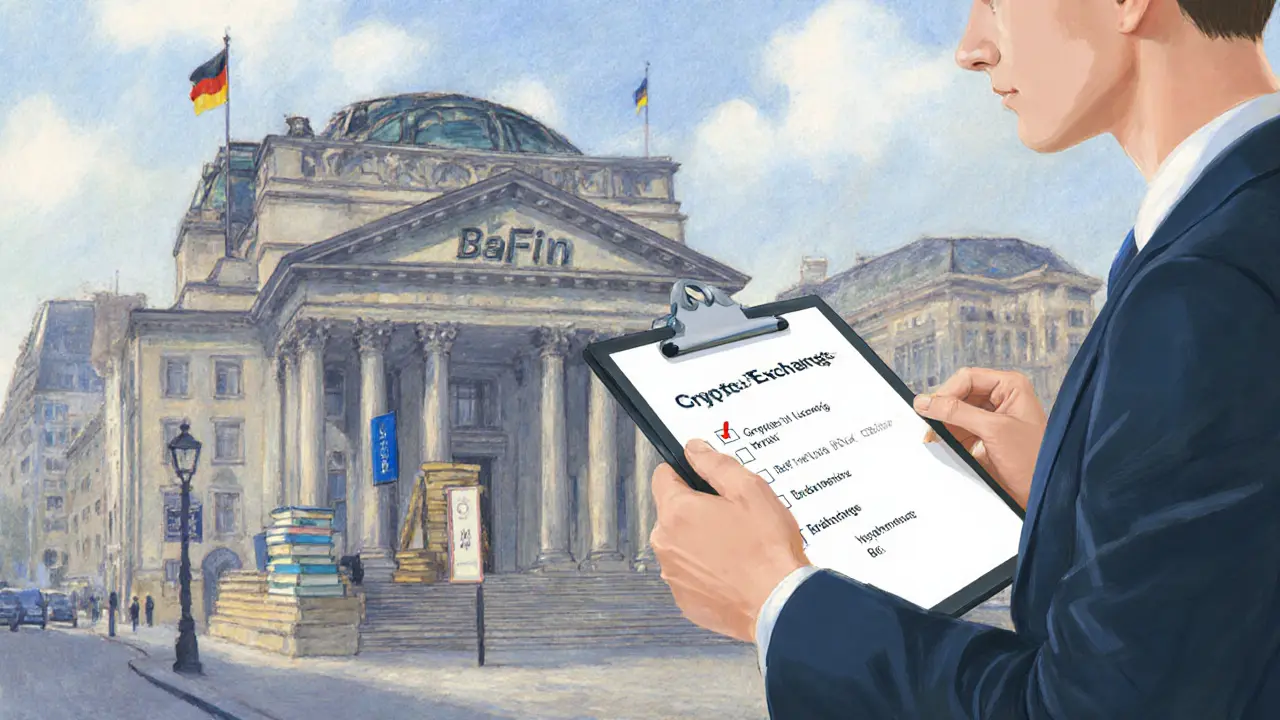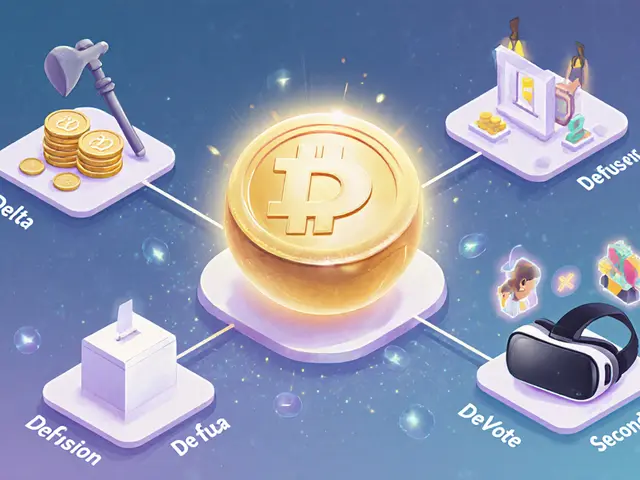MiCAR Germany – Understanding EU Crypto Rules and Local Compliance
When talking about MiCAR Germany, the German implementation of the EU Markets in Crypto‑Assets Regulation. Also known as MiCA in Germany, it sets the legal ground for stablecoins, token offerings, and DeFi services across the country. The regulation draws directly from the broader MiCA, the EU‑wide framework that defines crypto‑asset categories and investor protections and is overseen by BaFin, Germany’s Federal Financial Supervisory Authority, the body that grants licences and monitors market conduct. Together, these pieces create a clear compliance path for anyone handling digital assets in Germany.
Key Elements of the Regulation
First, MiCAR Germany classifies crypto assets into three buckets: asset‑referenced tokens, e‑money tokens, and utility tokens. This classification matters because each bucket triggers a different set of disclosure duties, capital requirements, and consumer safeguards. Second, the rule requires every crypto service provider to obtain a BaFin licence before offering services to the public, which means strict AML/KYC checks and regular reporting. Third, stablecoin issuers face higher liquidity thresholds and must prove that their reserves can cover token redemption at all times. These three pillars—classification, licensing, and liquidity—form the backbone of the compliance landscape.
MiCAR Germany also influences other EU directives. For example, the AML‑5 directive dovetails with MiCA by expanding the scope of obliged entities, meaning German firms must align both sets of rules simultaneously. In practice, this creates a semantic triple: MiCAR Germany requires licensing (subject) by BaFin (object) to ensure AML compliance (predicate). Another triple: Stablecoin classification (subject) influences liquidity obligations (predicate) under MiCAR Germany (object). These connections help firms see where the requirements intersect and where they can streamline processes.
For crypto startups, the most practical step is to map their token to the correct category early on. Doing so determines whether they need a full prospectus, a lighter token‑sale notice, or just a compliance checklist. The same logic applies to DeFi platforms: if they provide custody or lending services, they fall under the “crypto‑asset service provider” umbrella and must register with BaFin. Ignoring the classification can lead to fines, forced token delistings, or even criminal liability.
From a user perspective, MiCAR Germany raises protection standards. Investors now receive clear risk disclosures, and stablecoin holders have a legal claim to redemption value. The regulation also mandates that marketing material be fair and not misleading, which curbs hype‑driven scams that have plagued the market. In short, the rule aims to balance innovation with consumer safety, creating a more trustworthy environment for both retail and institutional participants.
Looking ahead, the EU plans to refine the MiCA framework with additional guidance on NFTs and crypto‑index funds. German regulators have signaled that they will adopt these updates swiftly, meaning the compliance checklist will evolve. Companies that embed flexible governance processes now will find it easier to adapt to future changes without overhauling their entire compliance stack.
Below you’ll find a curated list of articles that dive deeper into each of these topics – from detailed token‑omics breakdowns to step‑by‑step guides on getting a BaFin licence. Whether you’re a developer, investor, or legal professional, the collection offers actionable insights to help you navigate MiCAR Germany with confidence.






